The design and nature of the titular antagonist alone was profoundly compelling.
Regardless of the mixed critical responses and conflicting visions, the film saga has always proven surprisingly creative.
The series has frequently produced some truly demented ideas and designs, which continue to haunt audiences and evolve.
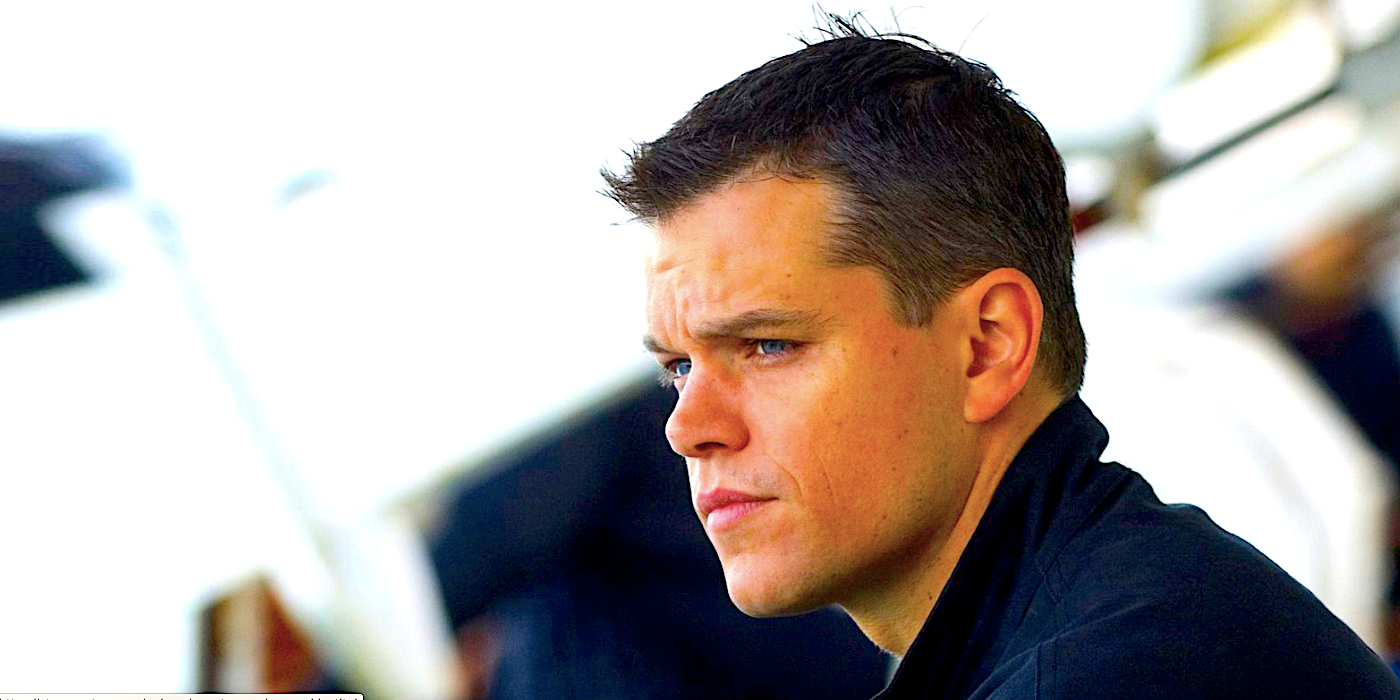
Here are just a few of the things that continue to giveAlienfans the willies.
To acquire the Xenomorph, the company is willing to sacrifice anyone at any time.
To those who are willing to play along, handsome bonuses and top-tier spots await.
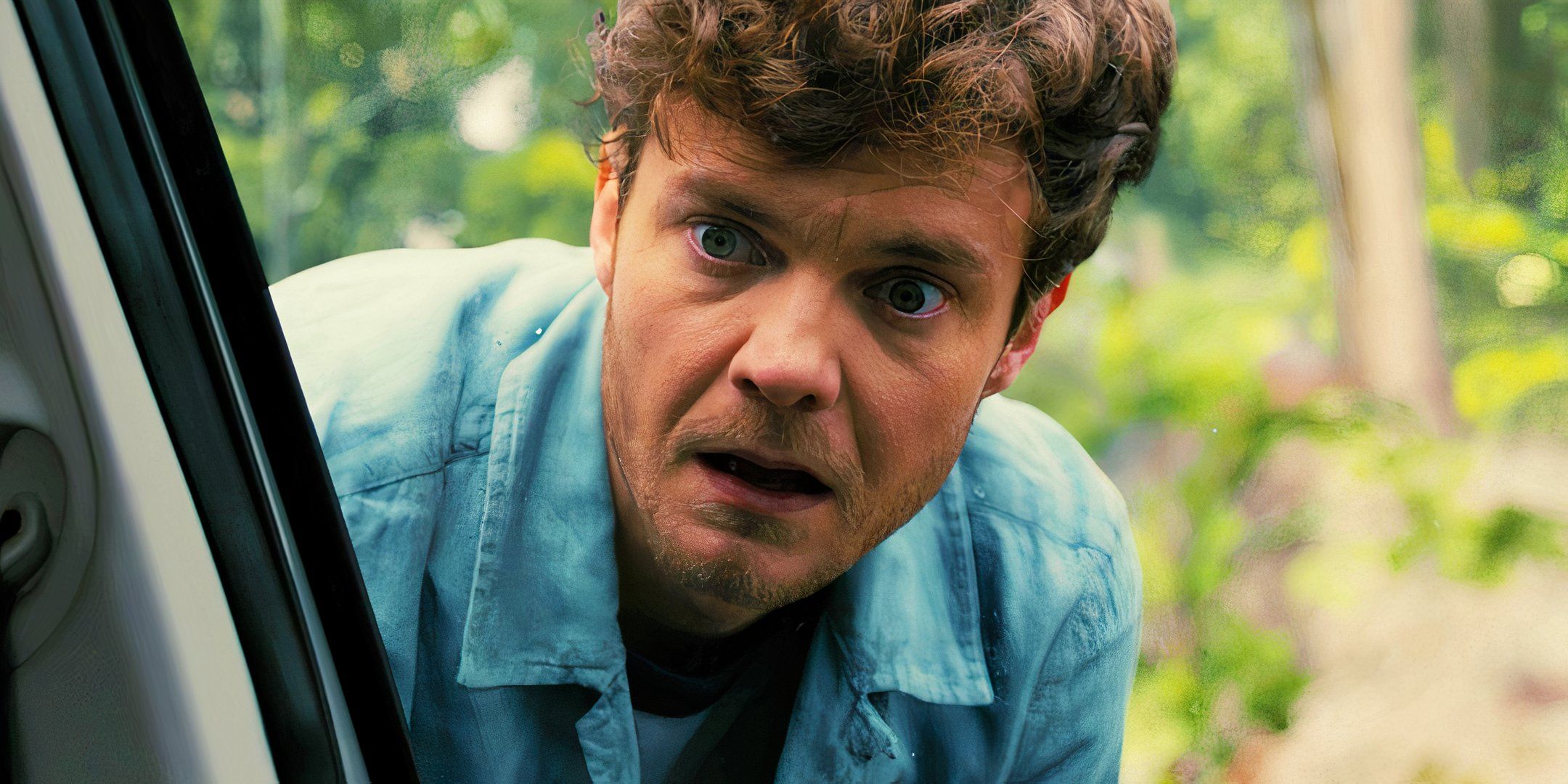
As Ripley once famously said, “…
I don’t know which species is worse.
In many ways, his research helped accelerate the creature into the form audiences know today.

Neomorphs are a primitive stage of the creature’s evolution.
They’re fast, deadly, and they can take massive amounts of gunfire before dropping.
In many ways, they’re more vicious and dangerous than the Xenomorphs themselves.
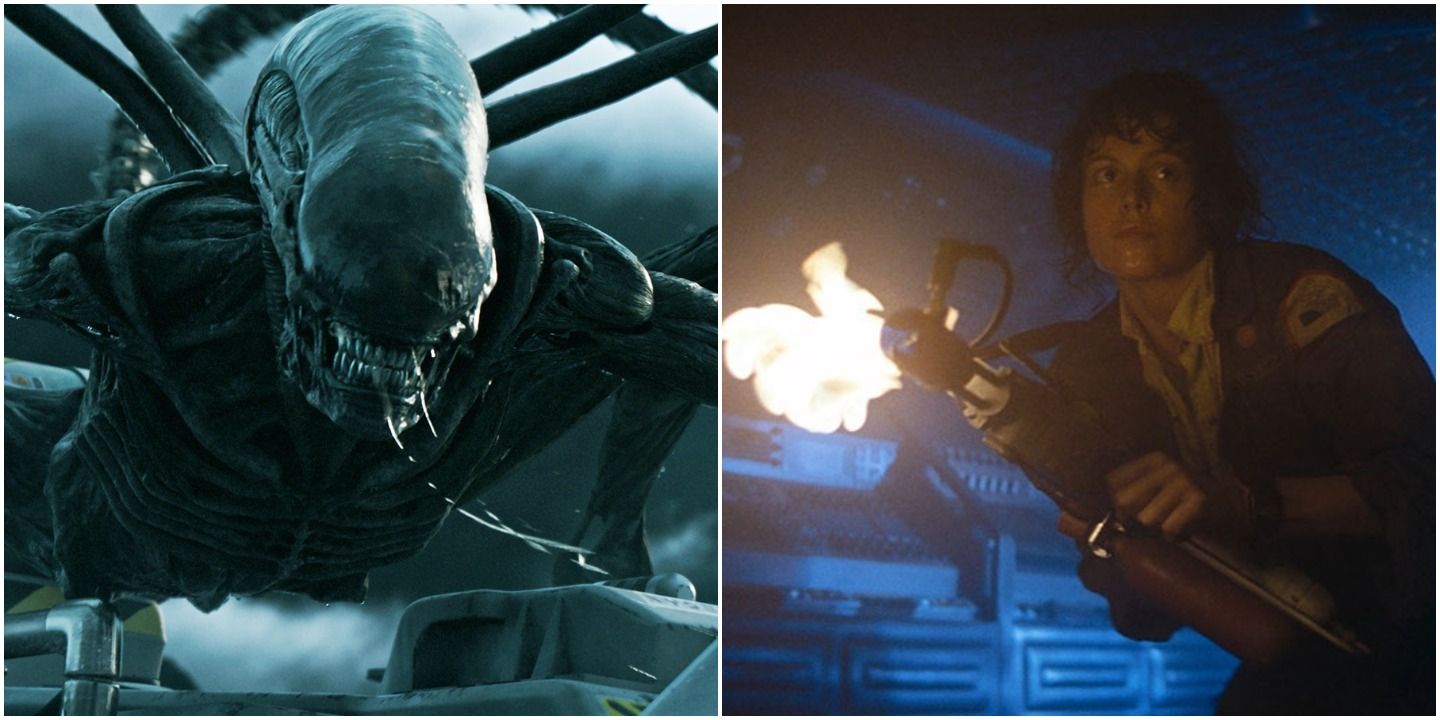
Several Neomoprhs pop up inAlien: Covenantand carnage always follows in their wake.
The first time audiences suffered through Ripley’s nightmare was the hardest.
The movie’s scares were just beginning.

The atmosphere of horror was essentially absent altogether, stripping the series of its core identity.
However, theacting prowess of Sigourney Weavermust never be understated.
She overcomes the needlessly bizarre concepts at every turn.
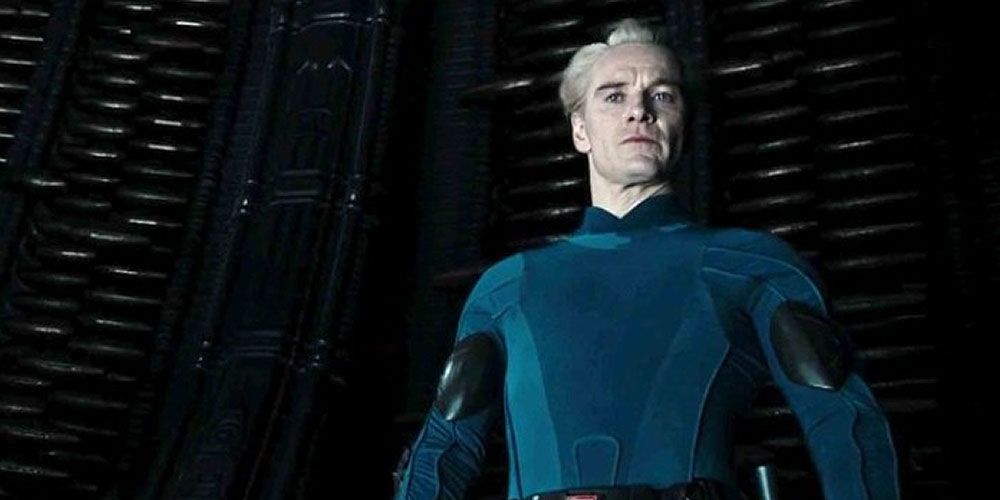
And perhaps most of all during the reveal of Ellen Ripleys failed clones.
They are far more disturbing than some schlocky hybrid-monster.
The naked, mutated designs are horrific because of their humanity.
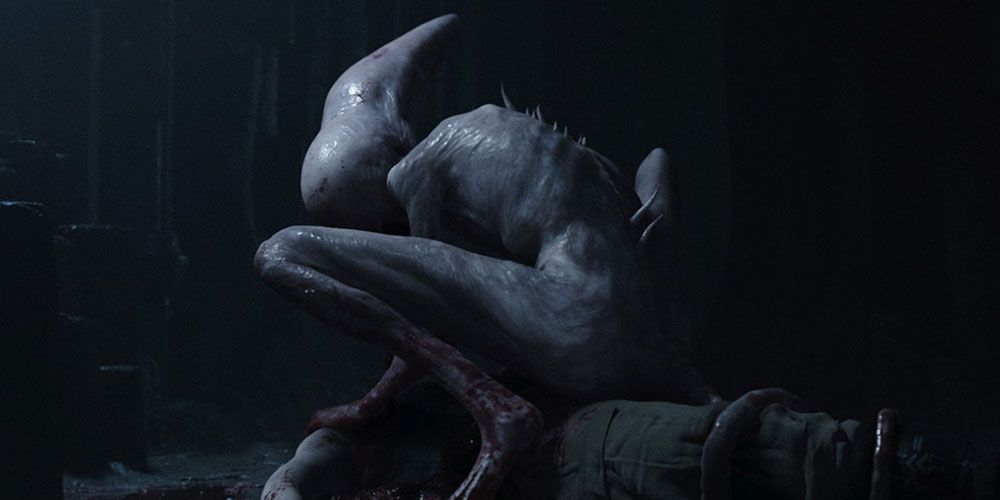
Backburster Neomorph (Alien: Covenant)
Alien: Covenantfailed to choose a lane.
Scott still uses horror imagery reminiscent of the original and incorporates some of James Camerons vision.
But this aimless blend ultimately feels like more of the same, with no risk or evolution.
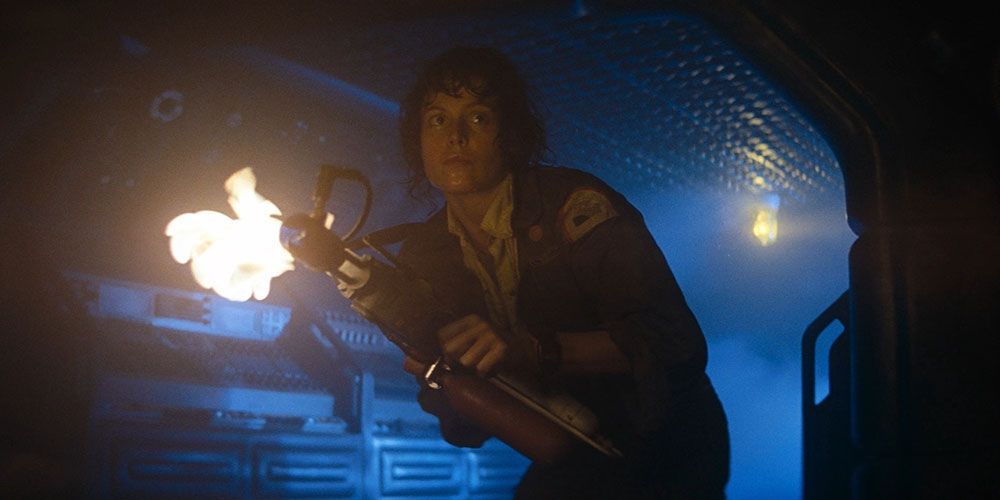
And the foolish characters are befitting of any typical slasher.
Still, the backburster scene is a tastefully horrifying and compelling sequence.
While the CGI suffered throughout the film, the practicals of the victims are utterly repulsive.
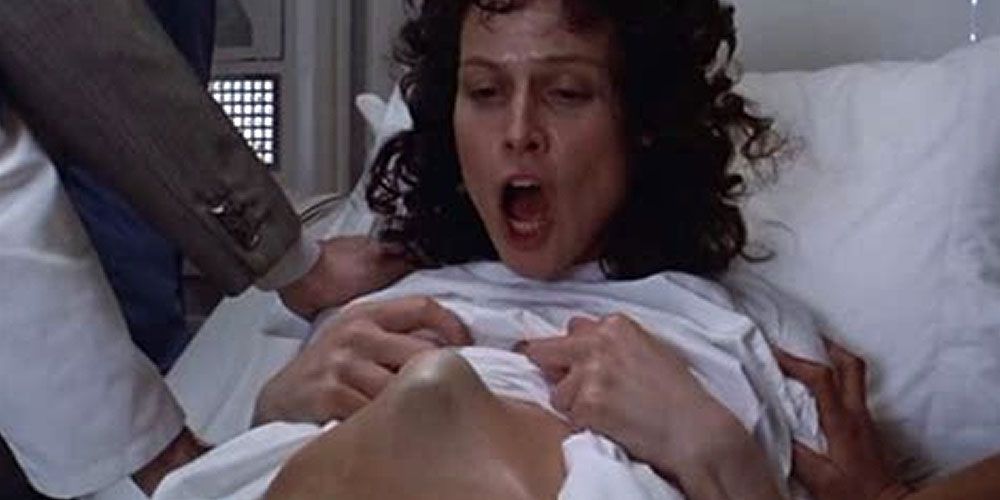
The bursting itself is so delightfully abhorrent, the concept alone successfully sells the desperation in the ensuing chase.
This sequel, laden with hideous CGI, callously removes the heart of its predecessor.
Now, in any movie, killing the dog is generally a bad idea.
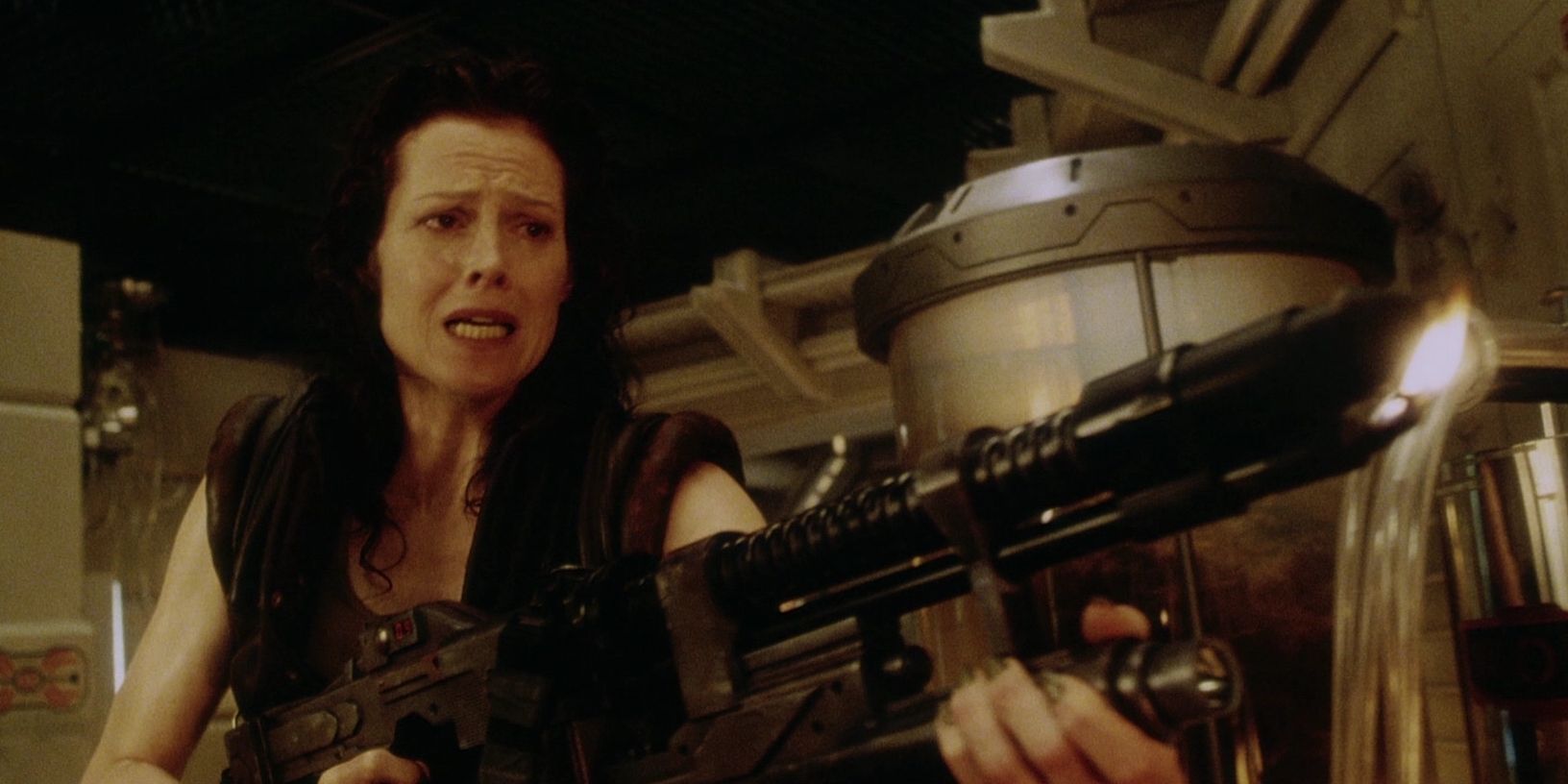
Viewers can often sympathize with animals and pets on screen far more than humans.
John Wick built an entire franchise on that notion,regarding beloved dogs.
And yet, one of the earlier victims of the third film is the resident dog Spike.
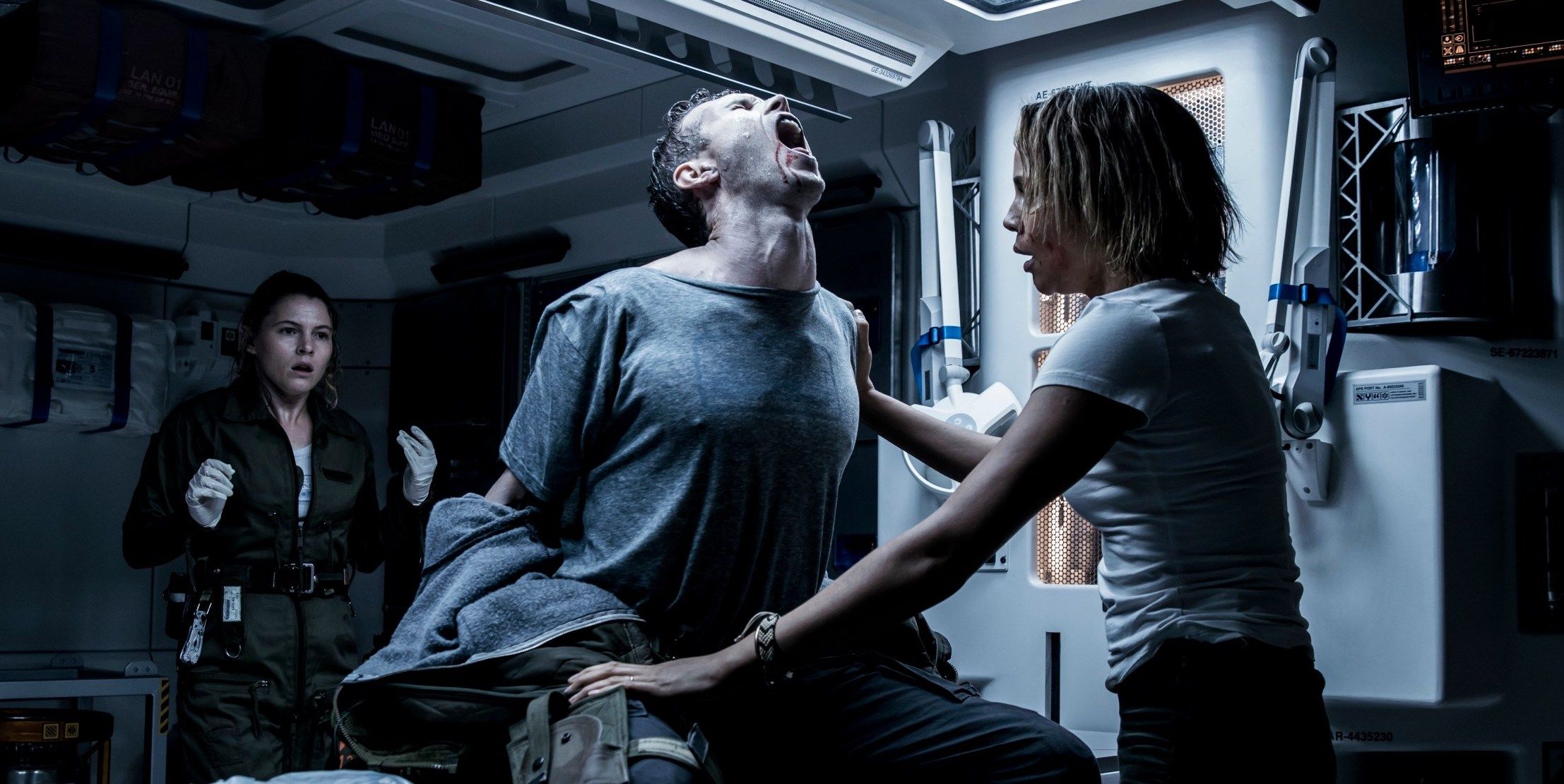
It is conceptually disgusting, almost to the point of feeling distasteful.
But Finchers creative eye capitalizes on all its potential horror.
Swarms (Aliens)
James Cameron introduced action to the series, brilliantly paced and directed.

The tone was dramatically shifted, but achieved so effectively that the transition feels smooth and welcome.
And while isolation may very well be the best catalyst for horror, Cameron makes quantity terrifying.
This seems unlikely, but Cameron uses the xenomorphs numbers to invoke a smothering atmosphere.
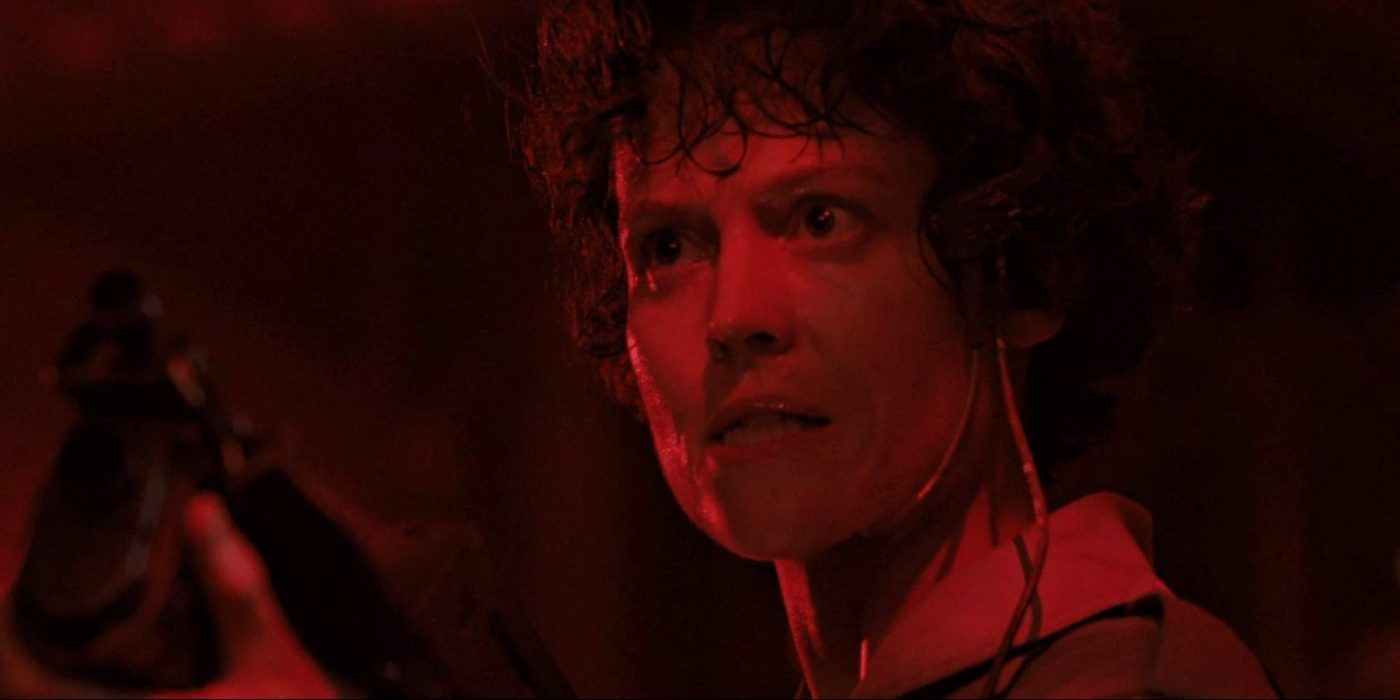
For example, the remaining characters feel utterly trapped in a red-lit room towards the end of the film.
The apparent egg sac is a profoundly disturbing effect, and attached to a massive xenomorph.
The Queens size alone is imposing, and the practical effects are unprecedented.
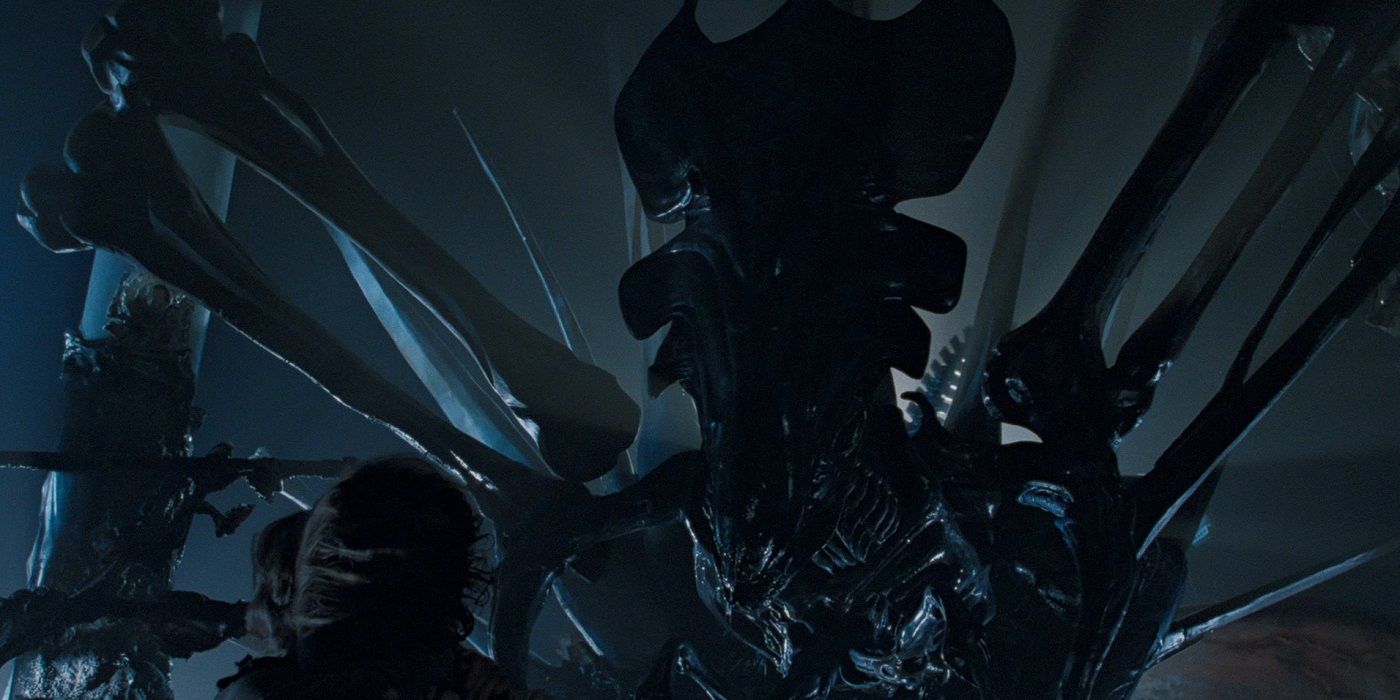
Further, her very nature is repugnant, as we bear witness to her birthing process.
This is even designed well enough to satisfy our imaginations worst images.
And the Queens resulting heaps of eggs are unnerving as always.

Especially given that our protagonist Ellen Ripley accidentally stumbles into them, while trying to rescue an endearing character.
The nest provides the perfect means for Ripley to face her fears.
The setting feels genuinely inescapable, shocking, and overwhelming.
